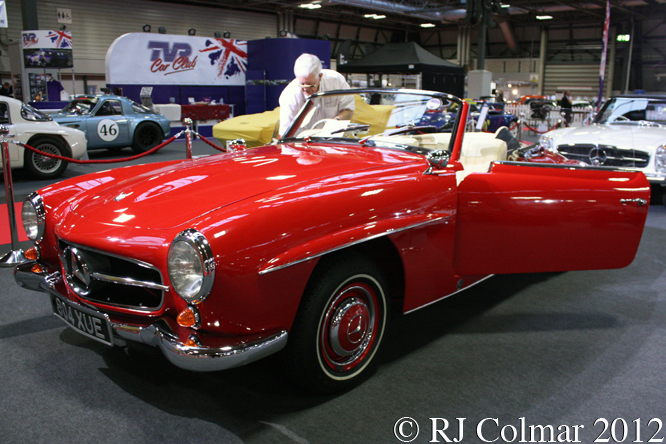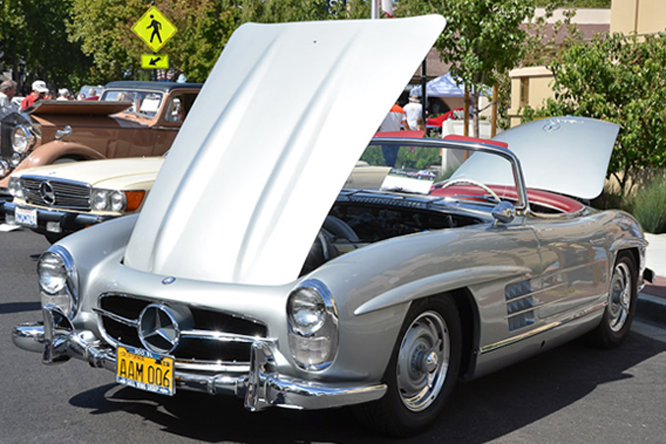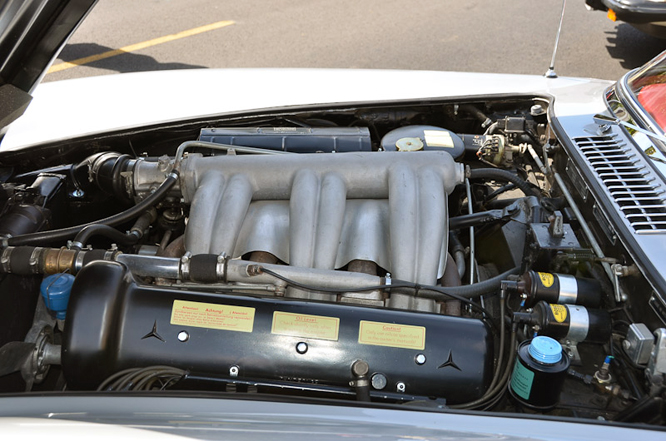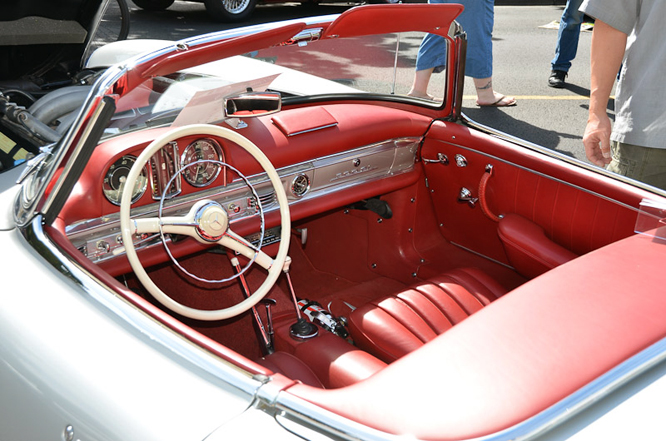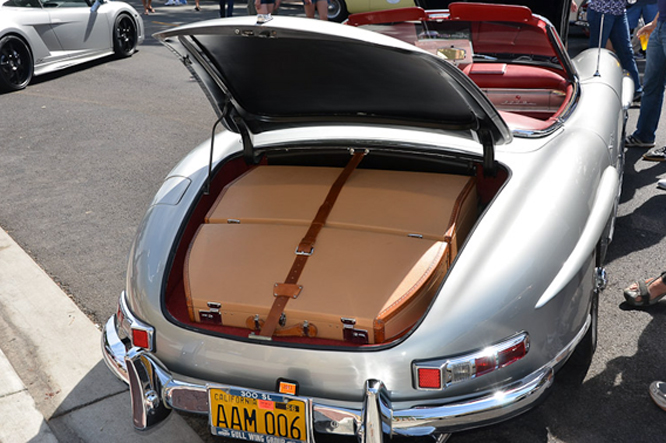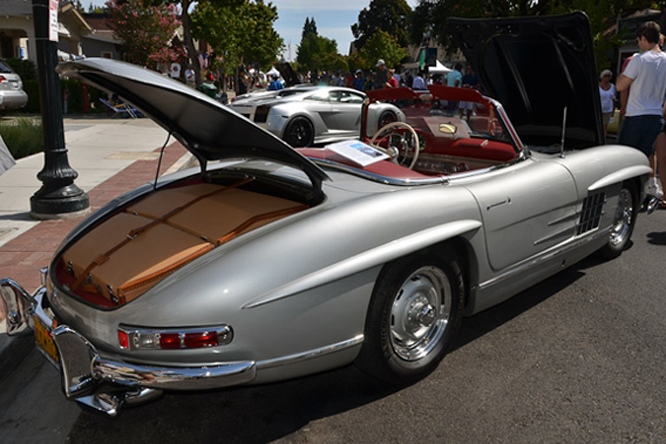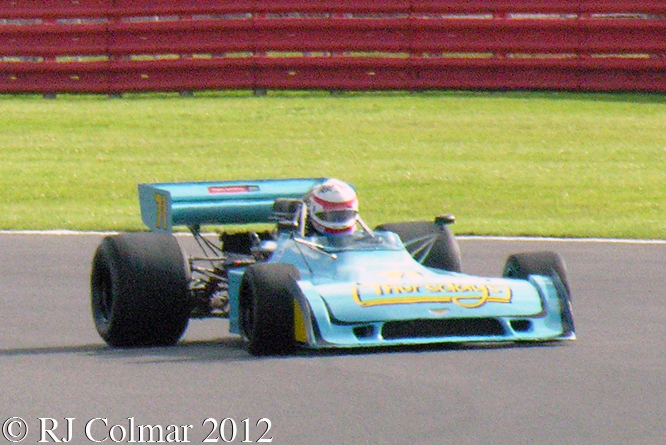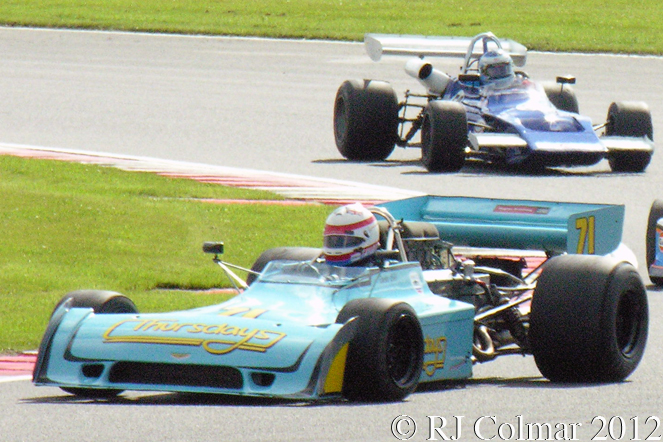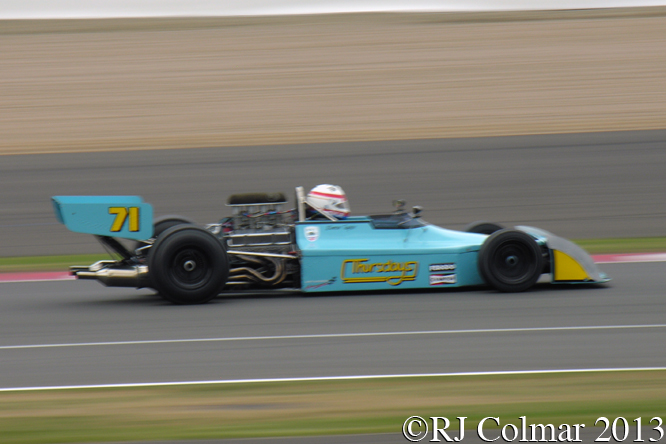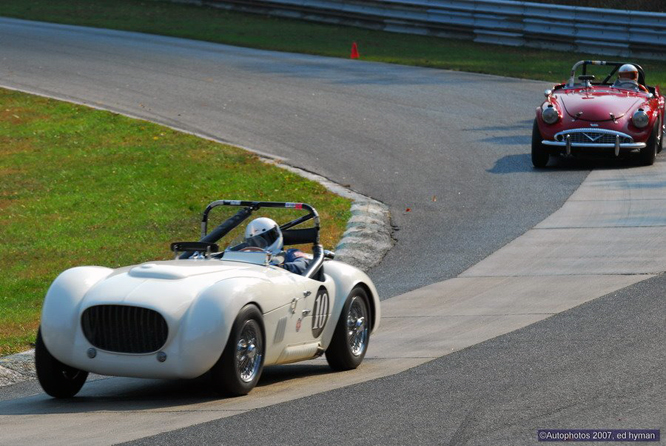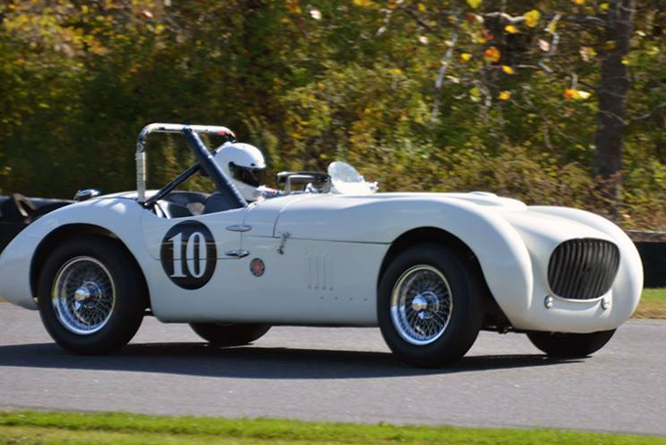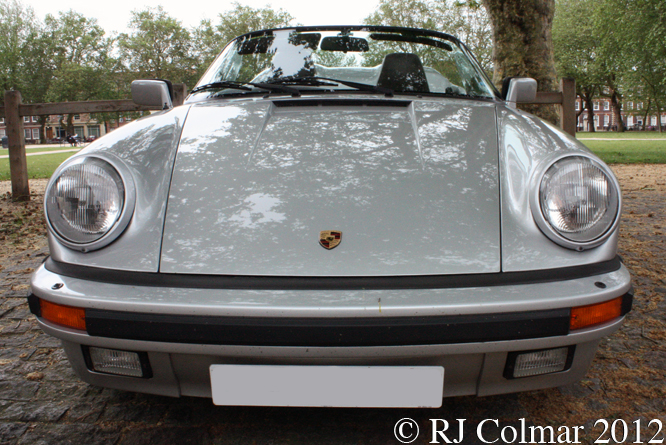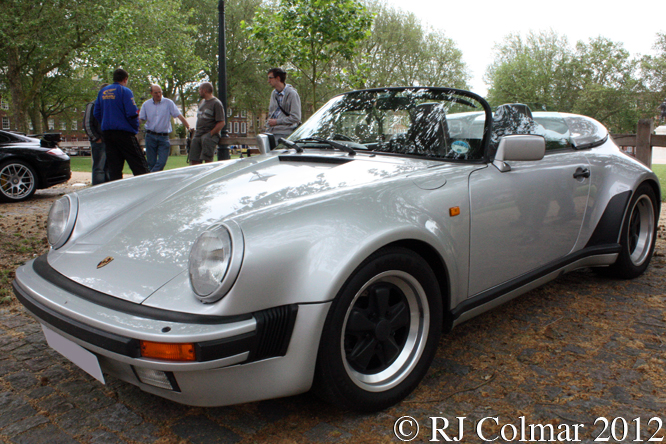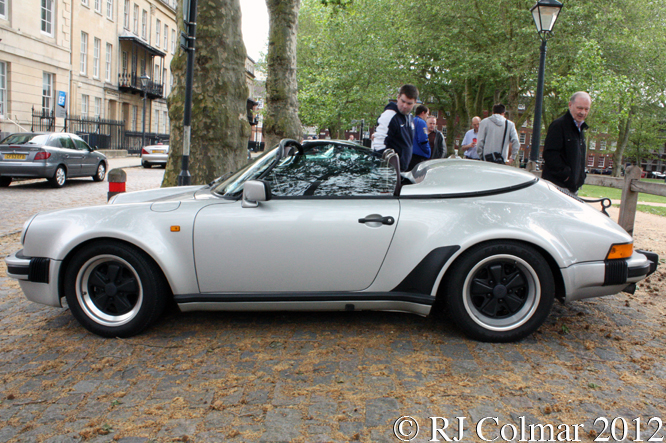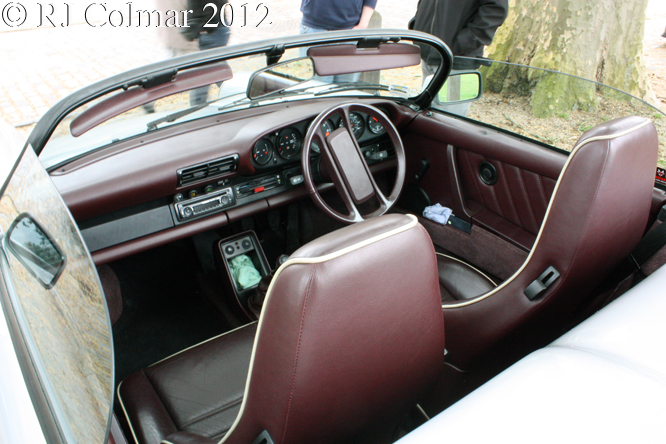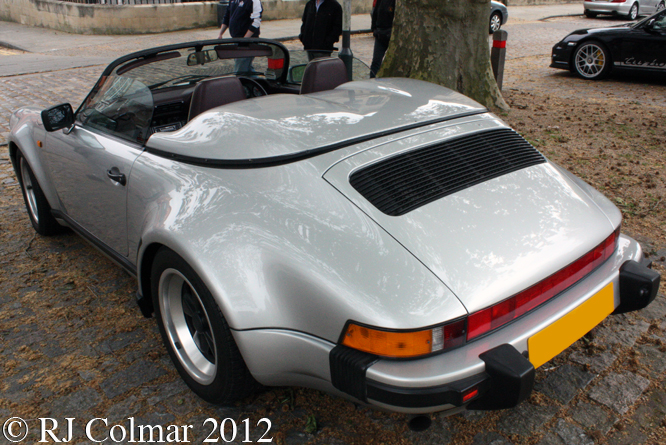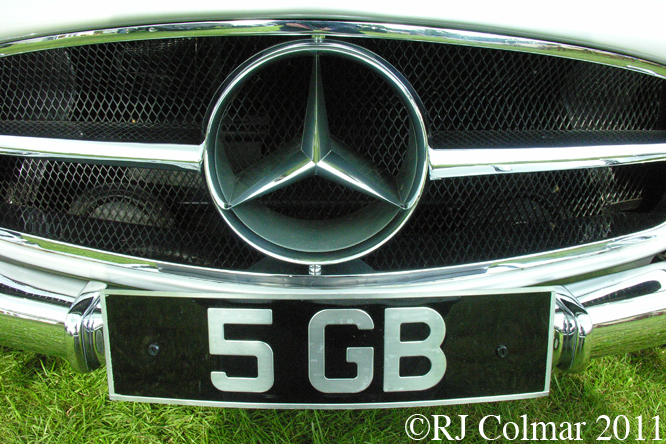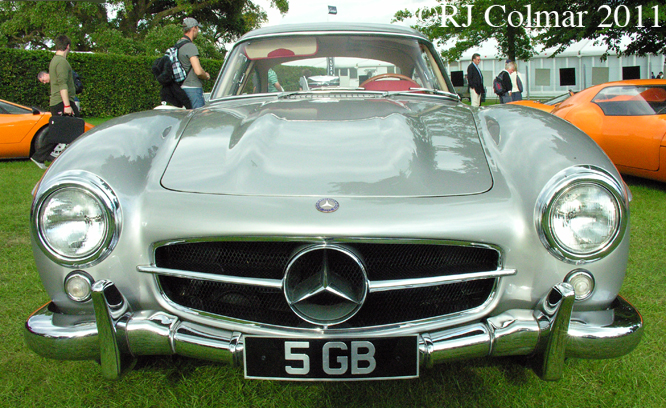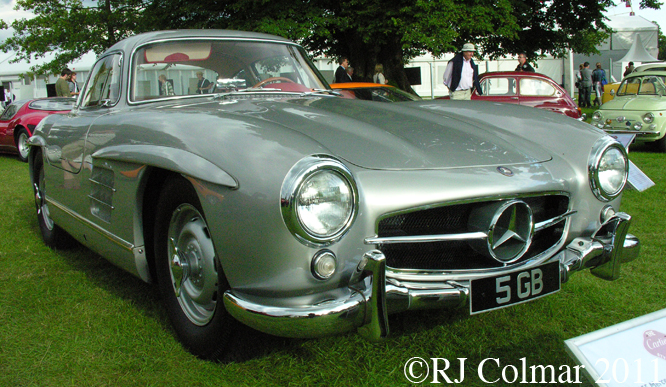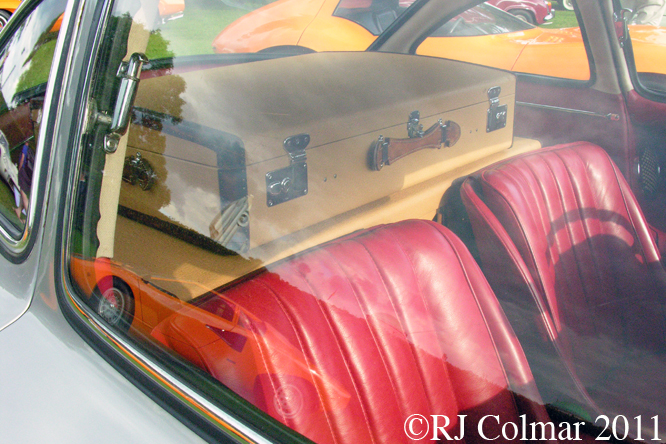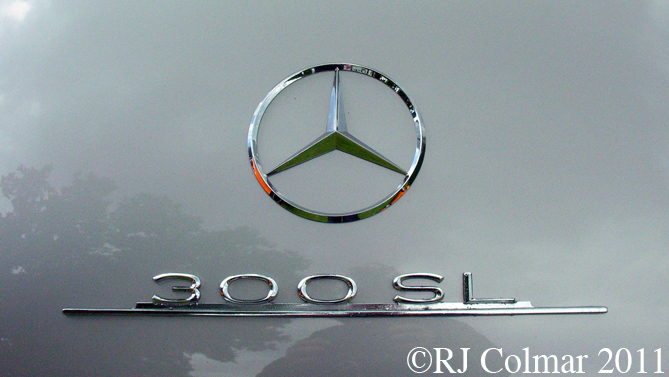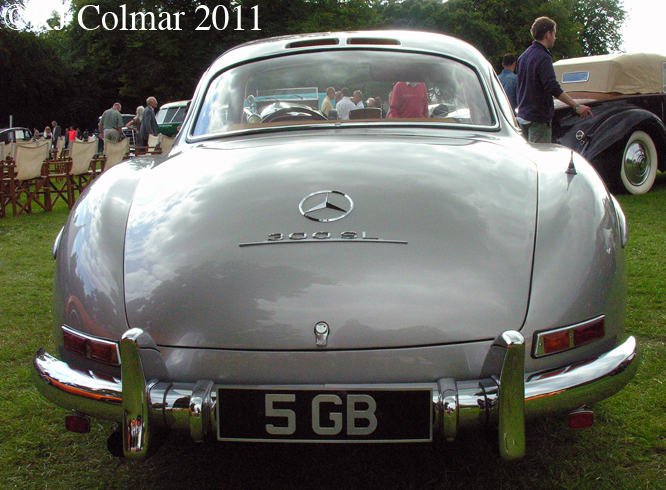When Mercedes Benz revived production of automobiles after WW2 it started manufacturing four cylinder vehicles that were a development of the pre war W136 and W153 models which evolved into the short lived W191 in 1952.
The first all new post war Mercedes Benz models were the six cylinder W186 and W187 models launched at the Frankfurt Motor Show in 1951.
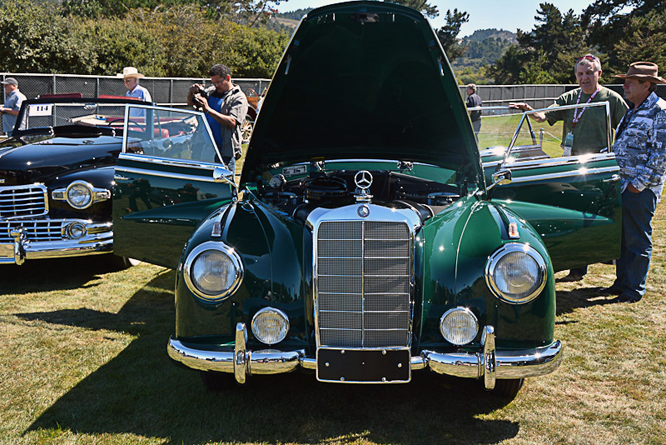
The larger W186 Typ 300 was powered by a 3 litre / 183 cui overhead cam straight six engine with an iron block and an aluminium head that produced 113hp.
Drawing on pre war racing practice the Typ 300 chassis used ovoid tubes with double wishbone independent front suspension and swing axle independent rear suspension.
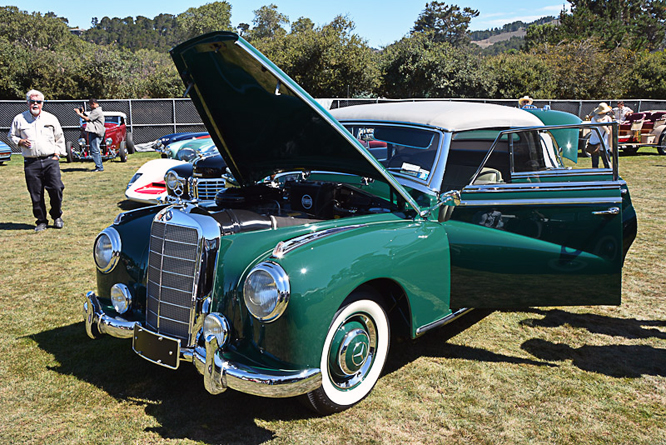
Germany’s first post war Chancellor Konrad Adenauer used the Typ 300 exclusively during his period of office which ended in 1963 and unofficially lent his name to the model.
He famously loaded one into a Lufthansa aeroplane for his 1955 visit to Moscow which ended in the establishment of full diplomatic relations with the Soviet Union and the release of the last 10,000 German prisoners of war.

Today’s featured 300 Cabriolet D left the production line on New Years Eve 1952 complete with high end option Becker Nurburg III valve radio and shipped to New York importer Max Hoffman.
The cars first owner was Mr. Franklin Eli of Buffalo, New York who drove the car over 60,000 miles before putting it in storage in 1969, upon his death in 1999 the car passed to his nephew who began what turned out to be a 12 year restoration.
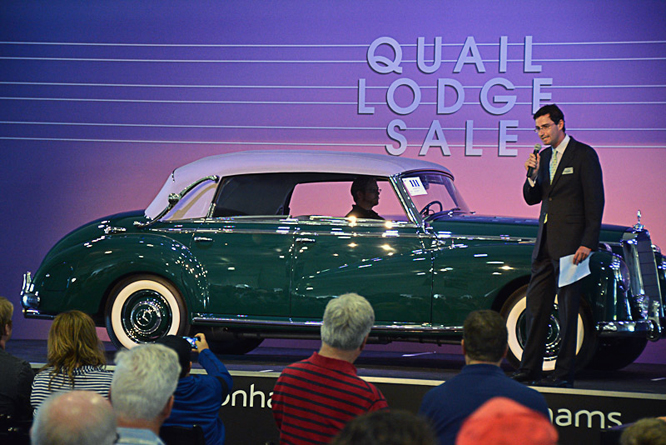
The cars third owner completed the Concours winning restoration in 2012 and the following year offered it at Bonhams Quail auction with an estimated $275,000 – $325,000 price tag.
My thanks to Geoffrey Horton for sharing today’s photographs taken at the Bonhams Quail Auction.
Thanks for joining me on this “Der Adenauer Daimler” edition of “Gettin’ a li’l psycho on tyres” I hope you will join me again tomorrow when I will be looking at a Delage. Don’t for get to come back now !


